1970s house renovation guide: How to go from drab to fab
What a 1970s house renovation lacks in aesthetics, it will usually make up for in design potential. Our guide explains how to make the most of this house style
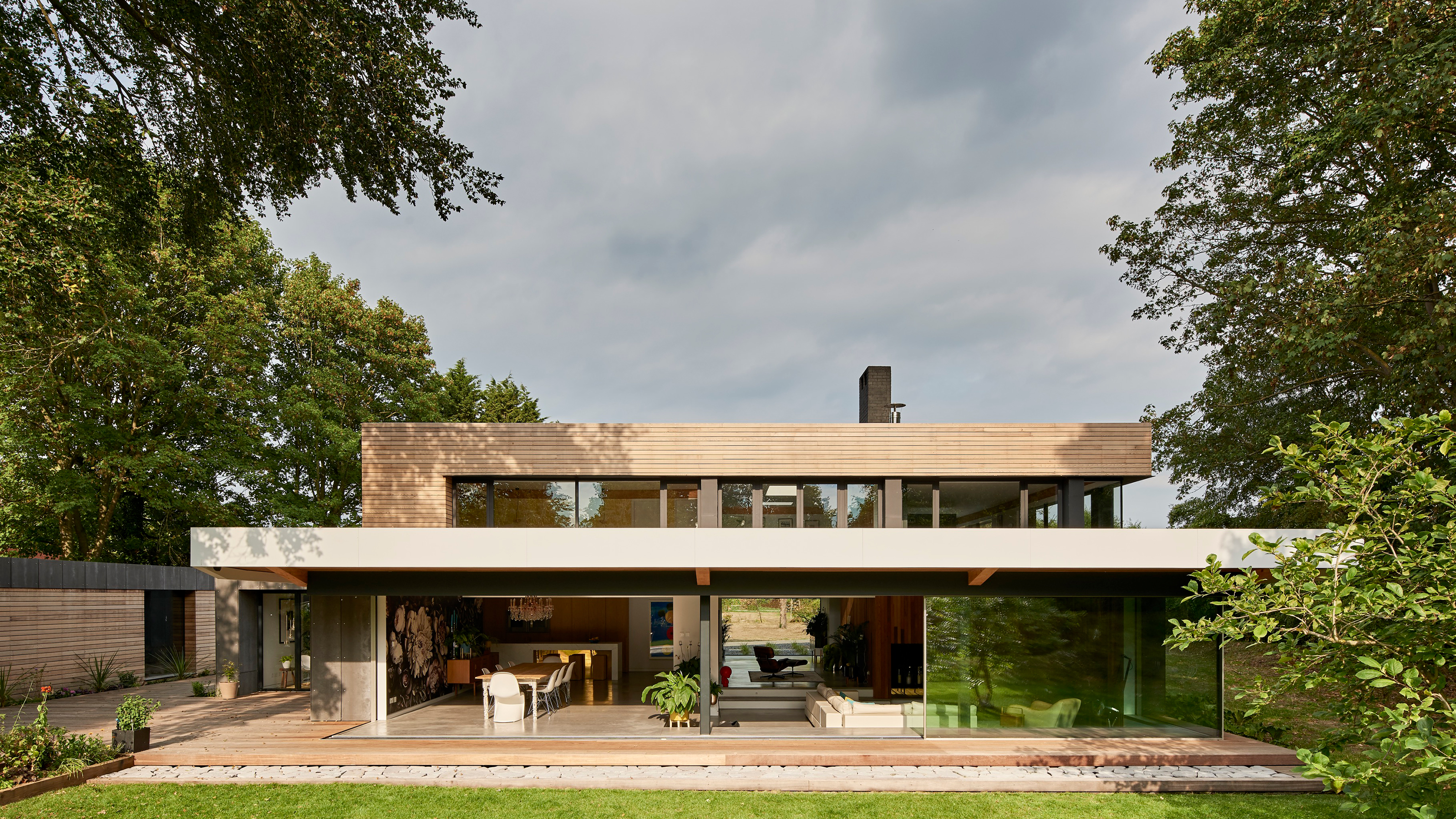
The popularity of 1970s house renovations is on the rise — and it isn’t hard to see why. Houses built during this era have an awful lot going for them that many styles of period homes don’t — plus they tend to be easier to get hold of too.
There were most certainly some questionable trends around at the time these houses were built – carpeted bathrooms, sludge-coloured bathroom suites, concrete roof tiles, cheap uPVC windows and an array of uninspiring construction materials – but don't let this put you off. Look past these, and there are some brilliant aspect to these homes too.
As traditional style homes go, a quick scout around at some of the estate houses built during the 1970s might not immediately stimulate your design senses, but, now is the time to put your creative hat on — there is often much more to these houses than at first meets the eye.
In this guide to 1970s house renovation, we take a look at the top 10 features and issues you are likely to encounter if you decide to take the plunge and snap up a house built at this time. We explain how to make the most of the features and how to overcome the issues to ensure you end up with the hippest house on the block.
Hallmarks of a 1970s house renovation
Although not all houses built during the 1970s will be exactly the same, it is safe to say that there are many features and building techniques that were popular during this decade — some more desirable than others.
Our guide looks at the most common traits of houses built during the 1970s and explains how to make the most of them, as well as the best ways to update this style of home for modern living.
1. Enjoy the large window openings
On of the advantages of 1970s houses is their large windows — meaning the interiors tend to feel really light and airy.
On the downside, if these windows are the originals, the frames are likely to be made from either single glazed aluminium or timber. The aluminium frames used in the 1970s were nothing like the stylish and super-efficient aluminium windows available now. They were thin and usually single glazed with no polyamide thermal breaks, meaning they were cold to live with. If these windows were updated in the 1980s, they are likely to have been fitted with cheap and chunky uPVC.
So, just what is the best way to deal with original 1970s windows when renovating?
"It is a good idea to upgrade windows to double or triple glazing," says Simon Graham, Director at Yard Architects. "Dark window frames can look very good on 1970s houses, but try to take account of the original window design in terms of opening sections and proportion."
Retaining the same sized window openings will not only help keep the house in proportion but it will also cut costs.
"Making the most of a property comes from working with its shape and fitting an appropriate style of the window to this shape," explains Alexandra Hull, Managing Director of Back to Front Exterior Design Consultancy.
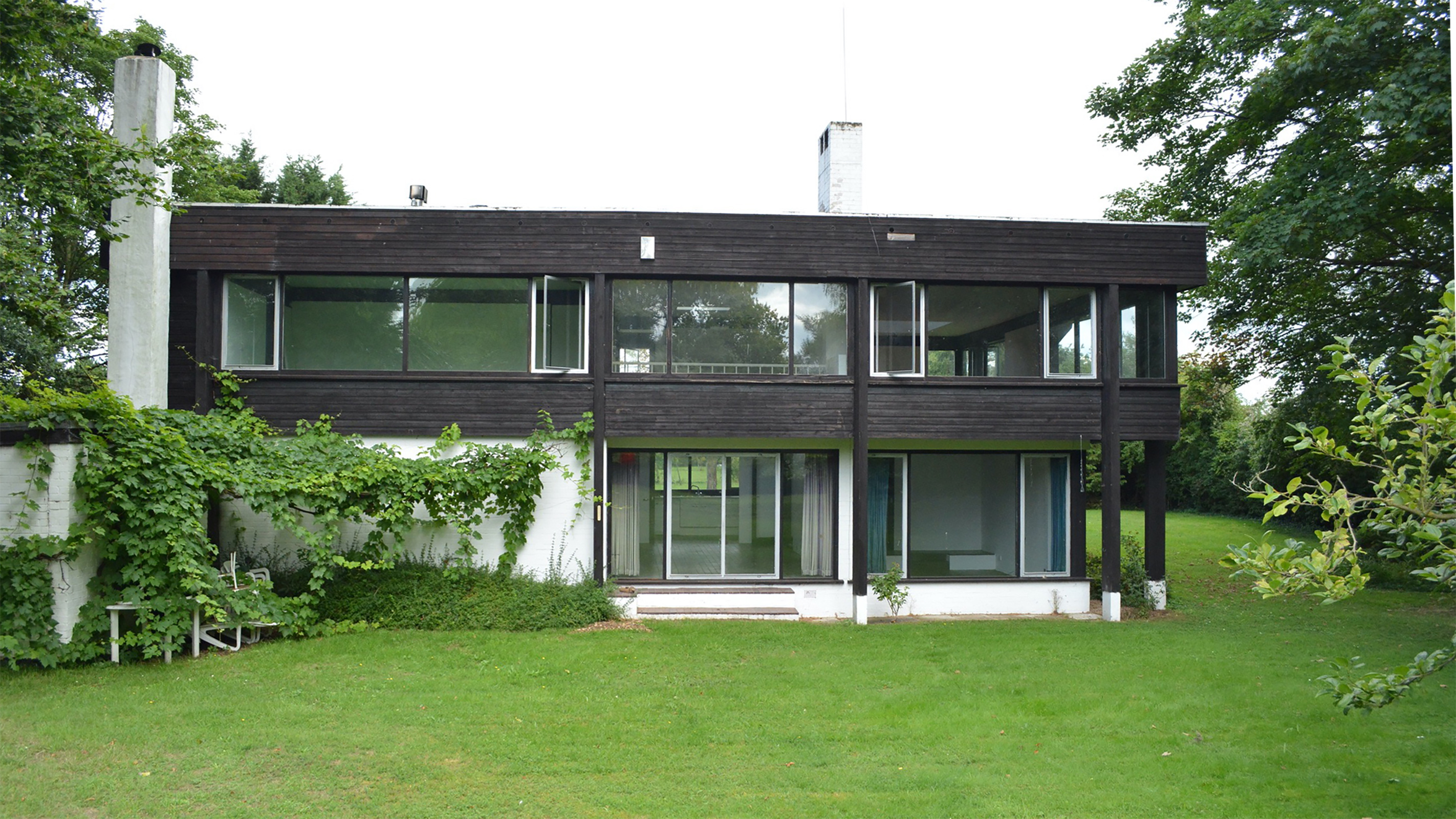

2. Retain original 1970s features
Let's just be straight here — there were some pretty dodgy trends floating around during the 1970s, and many of them really are best consigned to the past. We're talking avocado and 'champagne' bathroom suites, carpeted bathrooms and kitchens, Artex ceilings and woodchip walls.
However, if you have chosen to renovate a 1970s property, it really can pay off to embrace some of the more desirable interior features and, where they are missing, even reinstate modern-versions of them. This will really bring out the best in the spaces.
Internal timber cladding on ceilings and walls, split-level layouts and sunken areas in living spaces can all add warmth, interest and character.
"1970s architectural features, such as wood ceilings and original floor finishes are all worth preserving to retain the style of the era whenever considering refurbishment," agrees Simon Graham.
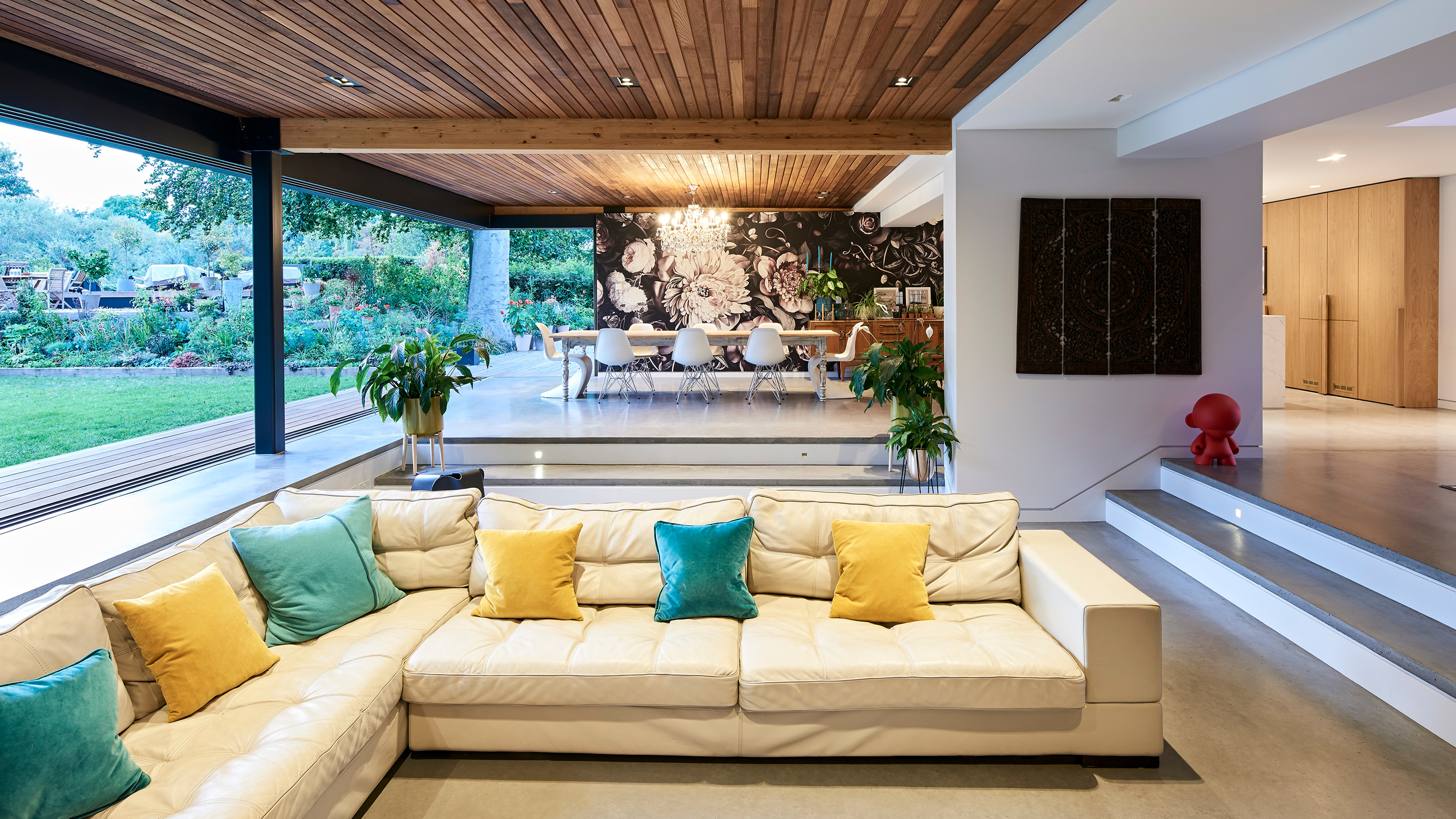
3. Make the most of a flat roof
Many examples of 1970s architecture feature large flat-roofed areas. Although these might not always be the most immediately attractive feature, there are some really interesting ways to bring them up to date.
"These flat roofs can be a good opportunity to introduce new rooflights or add solar panels," says Simon Graham.
You could also consider swapping the roof covering on a 1970s flat roof, not only to upgrade its performance, but also to add to its appearance. Green roofs can transform a house, but you might also like to consider single ply membrane or a zinc roof covering. It is likely that you will also want to look at upgrading the insulation.
A flat roof can be the ideal way to add extra space too, inside and out. Consider reinforcing the roof and turning it into a balcony, or look at ways to extend above.
"A big drawback of 1970s houses can often be the large expanses of flat-roofed garages which are not the prettiest," says Alexandra Hull. "But these can offer scope to extend over, subject to planning permission."
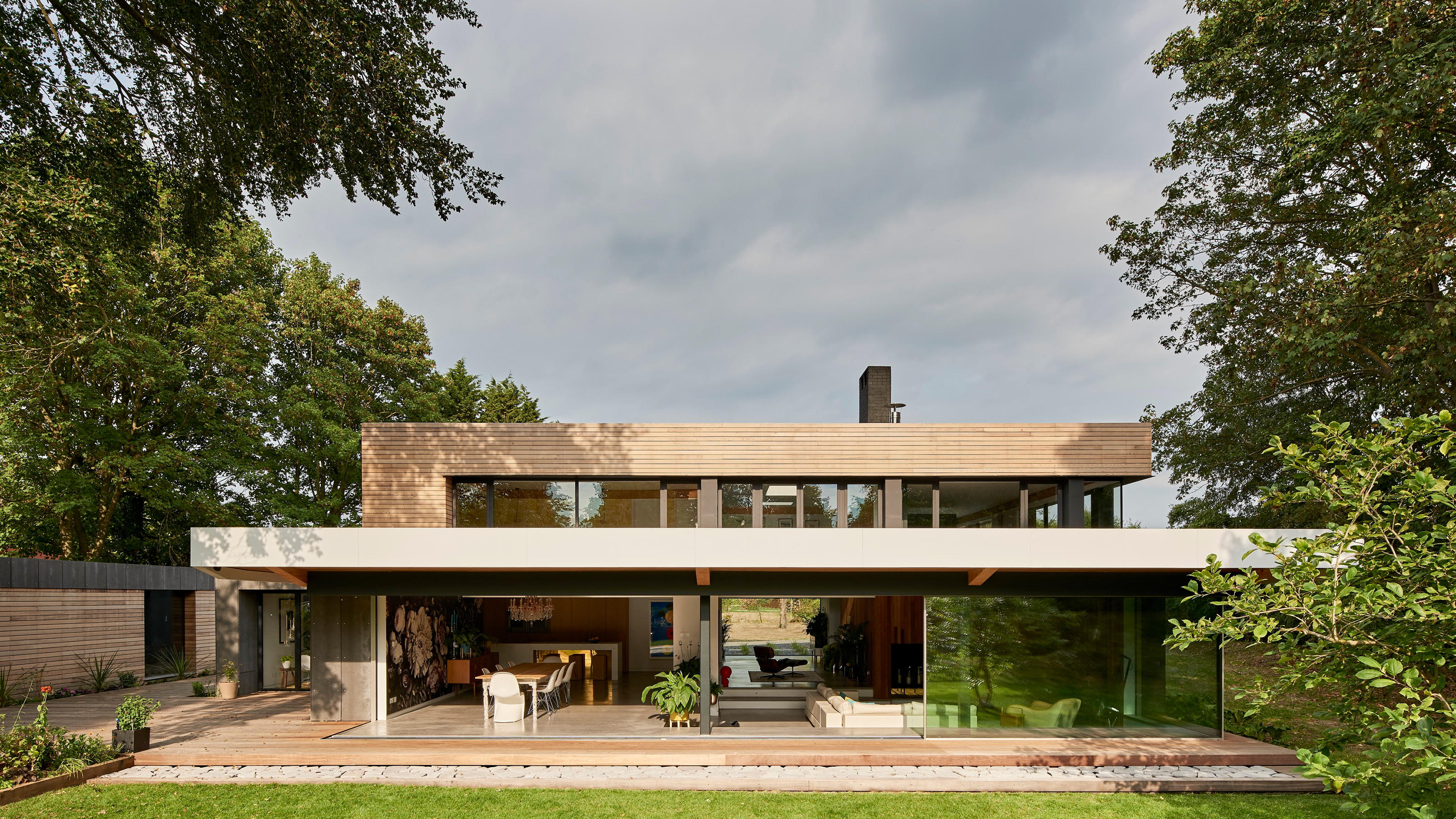
4. Play with open-plan layouts
A great thing about 1970s houses – and something often lacking when renovating Victorian houses or those from the Edwardian periods, or older cottages – is their generous room sizes and open-plan layouts.
"Generally layouts were quite open plan and when this is the case it is a good idea to retain the sense of openness as far as possible," says Simon Graham. "Avoid splitting the house into small cellular rooms."
That said, separate dining rooms were still a popular feature of 1970s house layouts and kitchens were rarely the size we want today. Although serving hatches between these two rooms seemed to be a firm favourite during this era, these days, knocking down internal walls separating these spaces will really open up and modernise a space.
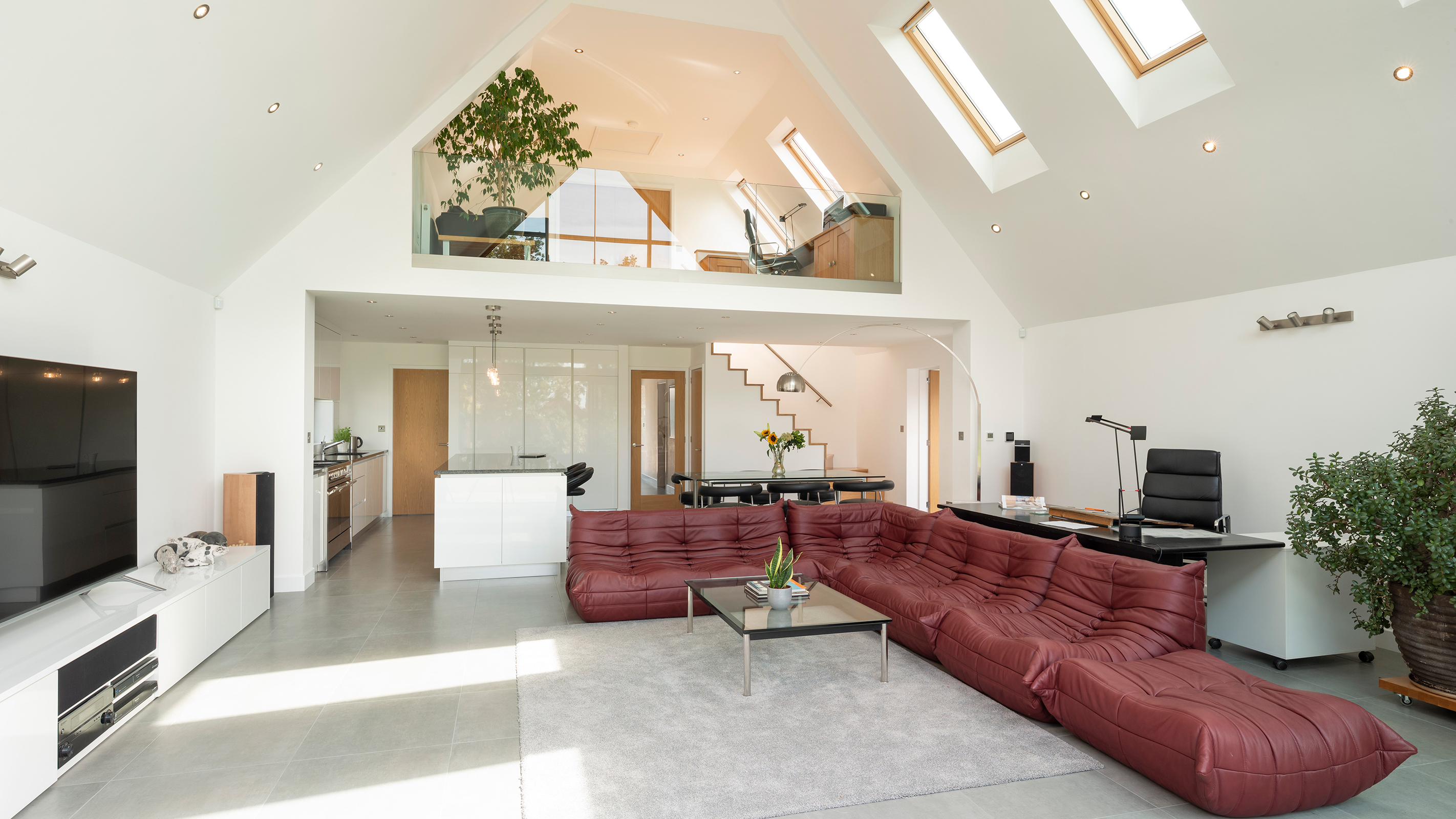
5. Embrace integrated garages
House designers of the 1970s loved to include large integral garages and these can offer huge potential to renovators.
Extending over a garage can be a great way to add space to your home without increasing its overall footprint — plus it is a really cost-effective way to add rooms given that, in many cases, foundations can be left alone and the lower walls will already be in place.
You will need to call in a structural engineer to check that the walls and foundations are up to the job of providing adequate support for a structure above and, if you plan on using the garage itself as extra living space, you will need to take into account everything from insulation and fire regulations to damp proofing.
As well as adding extra space, garage conversions can add as much as 15% to the value of a house and, in many cases, planning permission won't be required as most will fall under permitted development.
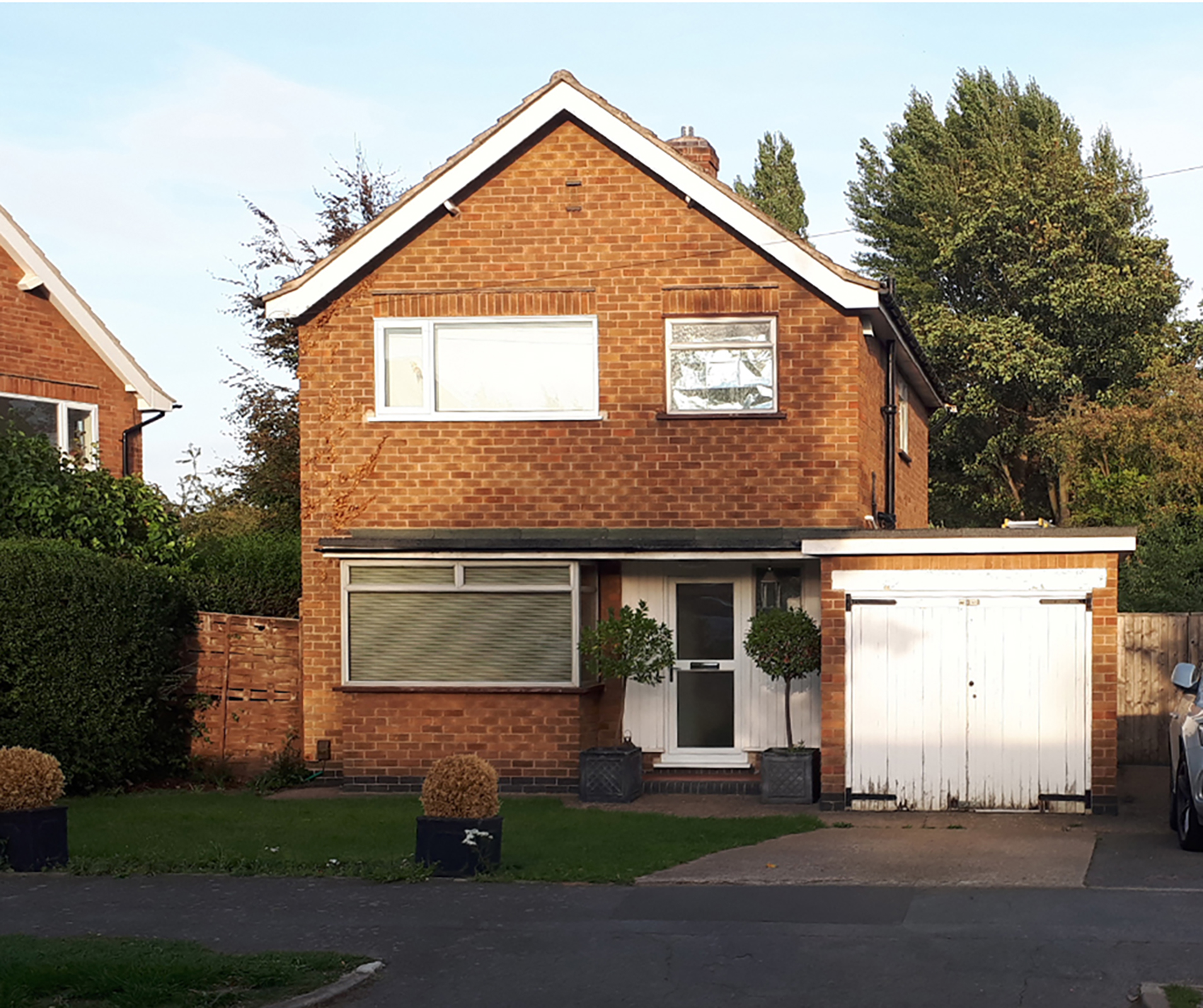
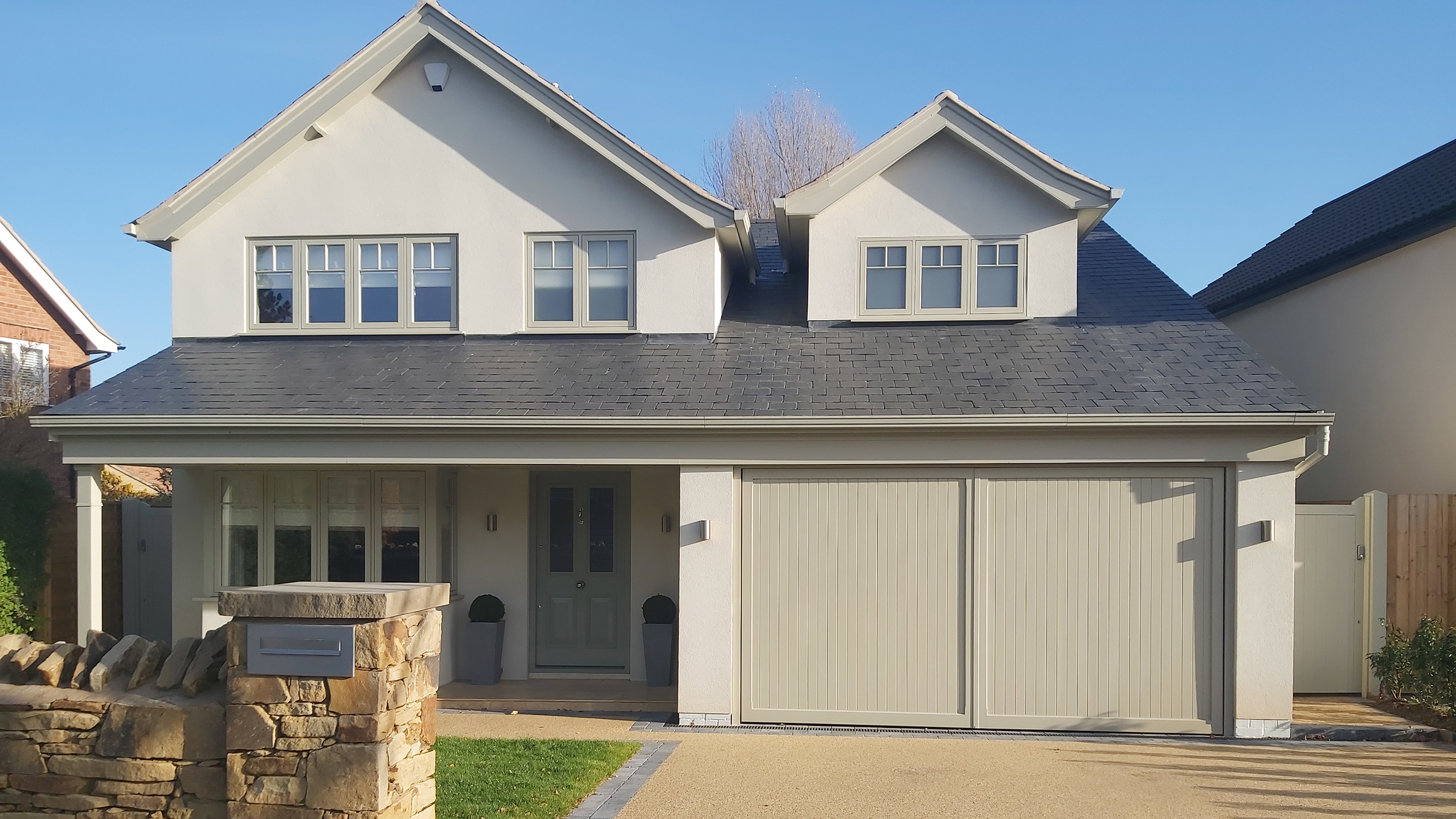
6. Be on the look out for asbestos
One of the less appealing features of 1970s properties is the fact that many of them incorporate asbestos somewhere within.
"It is fairly common to find some asbestos in the construction of 1970s houses," confirms Simon Graham. "A specialist can carry out a survey to check for this."
Common areas to find asbestos include insulation boards, lagging around pipes and boilers, in roofing and wall cladding and even in textured plaster finishes, such as artex.
Find out how to deal with asbestos and get to grips with the guidelines and regulations for disposing of it safely — the HSE website has loads of useful information on this.
7. Strengthen flimsy walls
Despite their sturdy appearance, the walls of 1970s houses might require a little attention in order to provide the comfort levels required by modern-day homeowners.
"1970s houses are usually of a fairly simple, lightweight construction, with masonry party walls and lightweight timber infill at the front and rear," says Simon Graham. "Often they are lacking in any insulation, so can be very cold and it is worth introducing insulation wherever possible into the walls, roof and windows."
It is not just external walls that may need updating — the interior walls may well need your attention too.
"Internally you may find that the walls and doors are of very thin construction, it was not uncommon for walls to be built of a type of cardboard waffle, so they are not always very good acoustically or capable of taking much weight," says Simon.
"Many of the mechanical systems typical of the era may need reconsidering for more efficient modern technologies too, such as electric warm air heating which was commonly used as the main source of heating."
8. Update the cladding materials
There were several different types of house cladding used for the exterior of 1970s houses, with some of the most popular being uPVC cladding, concrete tile hanging and just plain old boring bricks.
It really will pay to update the cladding, but aim to honour the 1970s aesthetics of the building and mix and match the claddings you use — timber cladding on the upper storey with render or stone beneath, for example.
"There are many different cladding options on the market which work well with 1970s houses," advises Simon Graham. "Timber, fibre cement, tile hanging. Try to choose something which blends with any surrounding architecture and retains the lines and proportions of the original building. If your house is part of a terrace, think about how the cladding will look against the other houses."
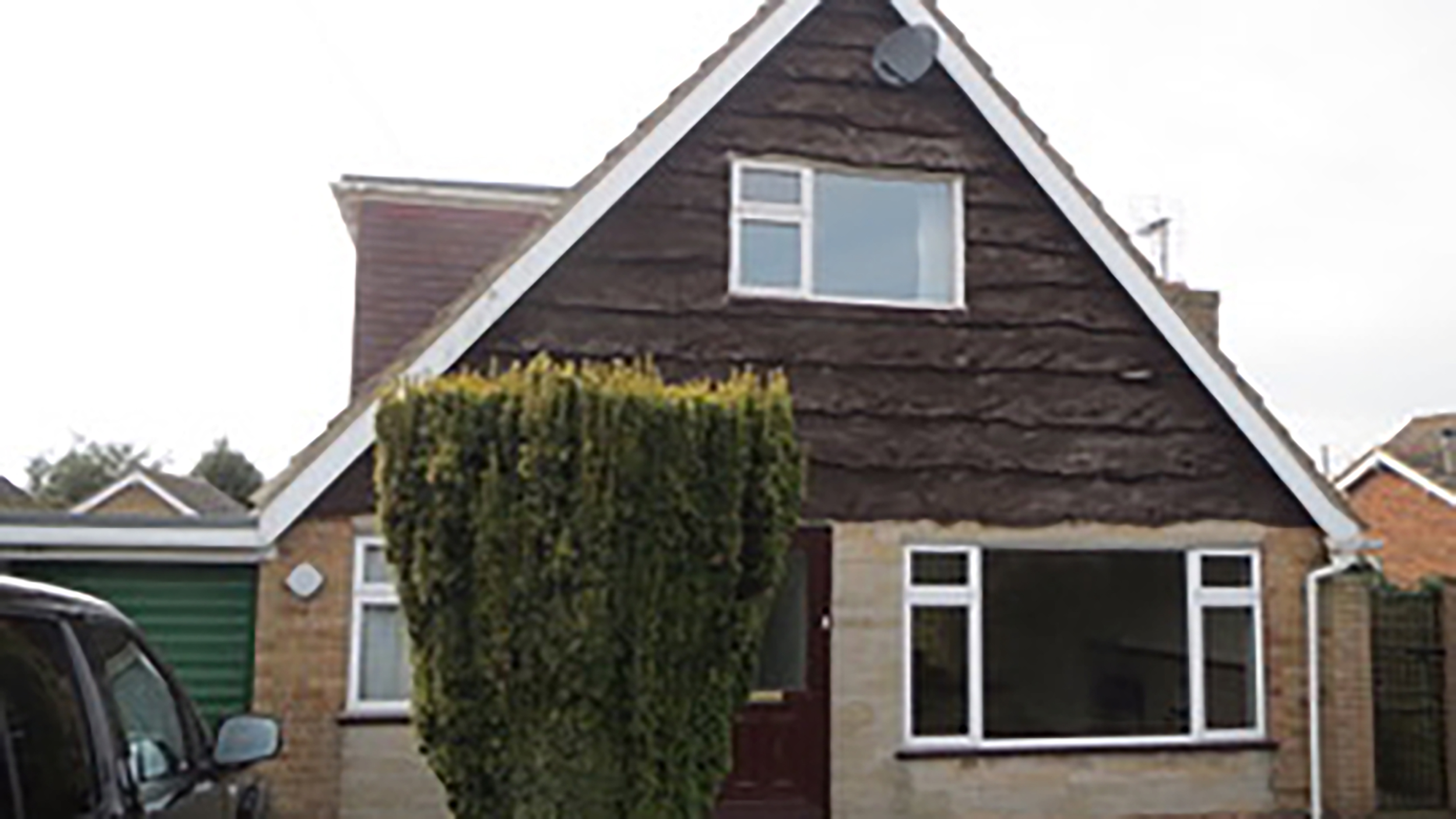
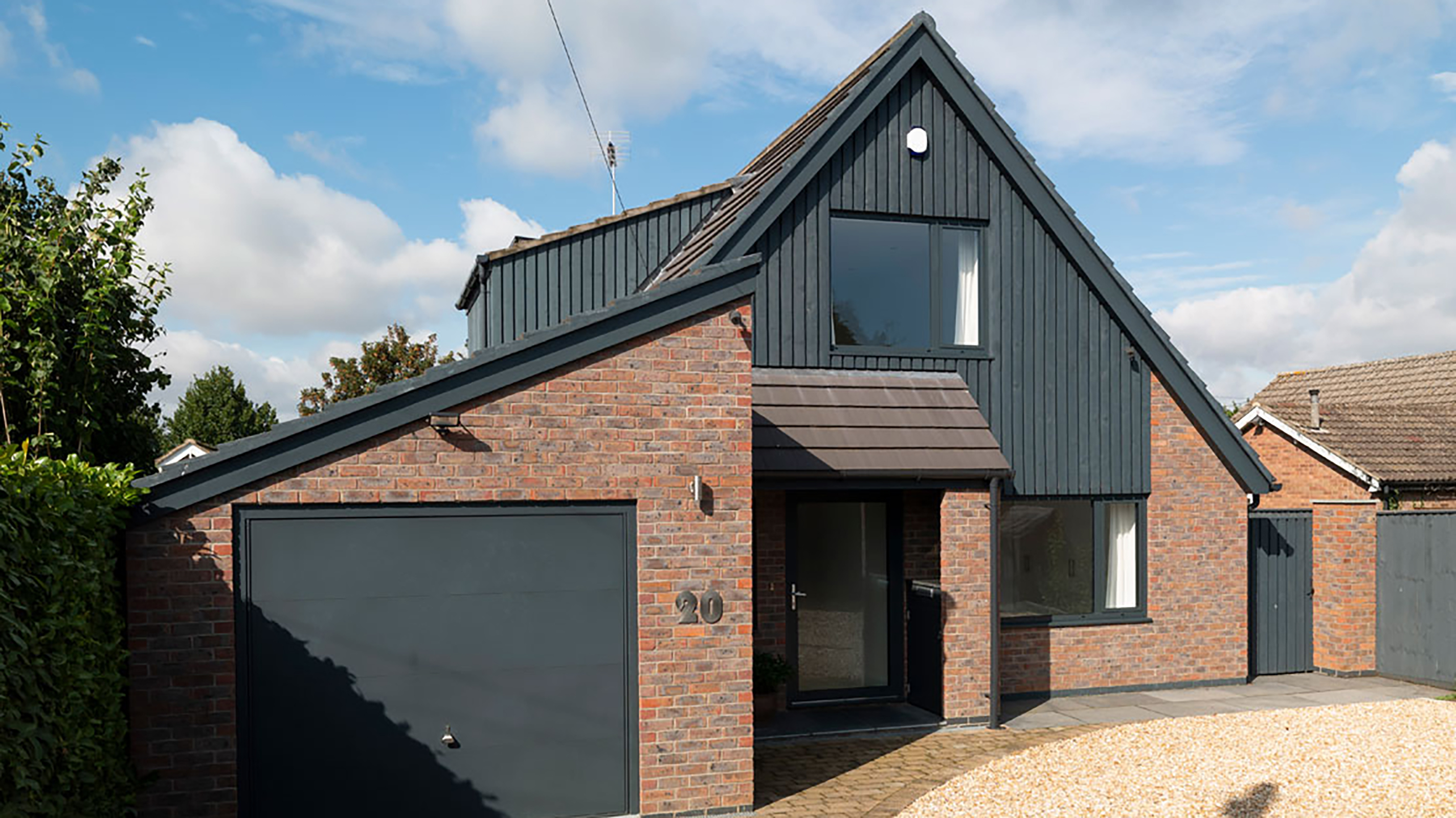
9. Unite separate toilets and bathrooms
Although ground floor bathrooms were a thing of the past by the time the 1970s rolled around, the larger, luxury bathrooms of today were still a way off.
"Bathrooms in 1970s houses were often quite small, or sometimes split the WC off from the main bathroom," explains Simon Graham.
"Original 1970s bathrooms can still be quite small for a busy modern family and often have a separate loo which makes the rooms feel smaller still," agrees Alexandra Hull.
If the bathroom and WC are adjacent to one another, simply removing the wall between the two to create one larger space should be pretty straightforward. If they are located apart, you might like to consider some shower room ideas that involve converting the WC or, if space allows, you could combine it with a smaller box room to create a large family bathroom — work with the layout to update it for your needs.
10. Use the generous plot wisely
Houses built during the 1970s were not only really generous in size compared to the houses that had preceded them (as well as those that came after in the 1980s and beyond) but they were often built on well-sized plots too when compared to many of the new houses built today.
What this means is that they offer plenty of potential when it comes to building an extension so do make the most of this opportunity. The strong horizontal lines of many 1970s properties really lend themselves to very striking contemporary extension design.
While flat roof extensions can work really well with the form of many 1970s houses, so too can those that offer more height vertically internally. Many houses built during this era had relatively low ceilings, so creating an extension that is more generous vertically will really open up the spaces.
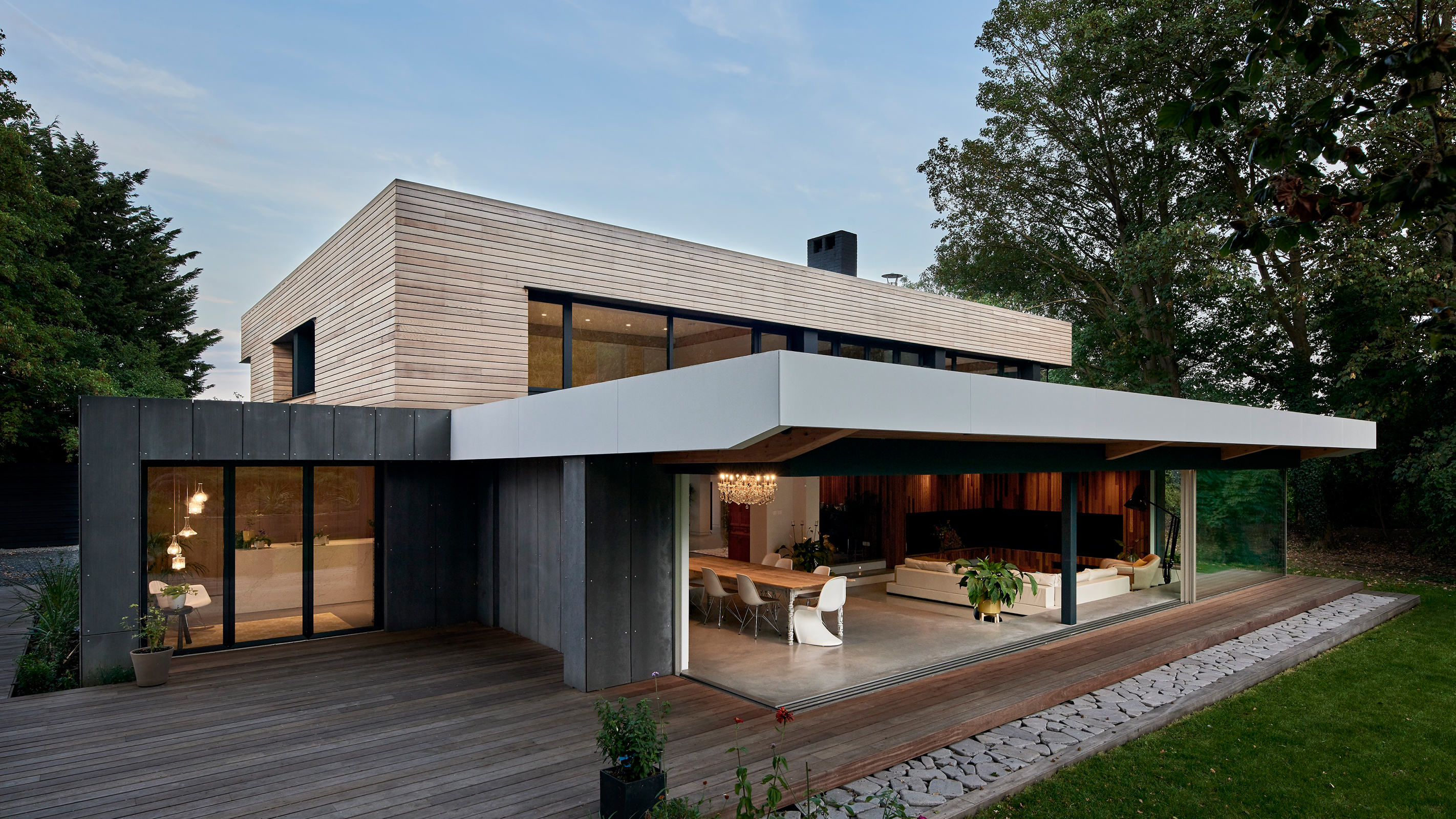
Get the Homebuilding & Renovating Newsletter
Bring your dream home to life with expert advice, how to guides and design inspiration. Sign up for our newsletter and get two free tickets to a Homebuilding & Renovating Show near you.
Natasha was Homebuilding & Renovating’s Associate Content Editor and was a member of the Homebuilding team for over two decades. In her role on Homebuilding & Renovating she imparted her knowledge on a wide range of renovation topics, from window condensation to renovating bathrooms, to removing walls and adding an extension. She continues to write for Homebuilding on these topics, and more. An experienced journalist and renovation expert, she also writes for a number of other homes titles, including Homes & Gardens and Ideal Homes. Over the years Natasha has renovated and carried out a side extension to a Victorian terrace. She is currently living in the rural Edwardian cottage she renovated and extended on a largely DIY basis, living on site for the duration of the project.

